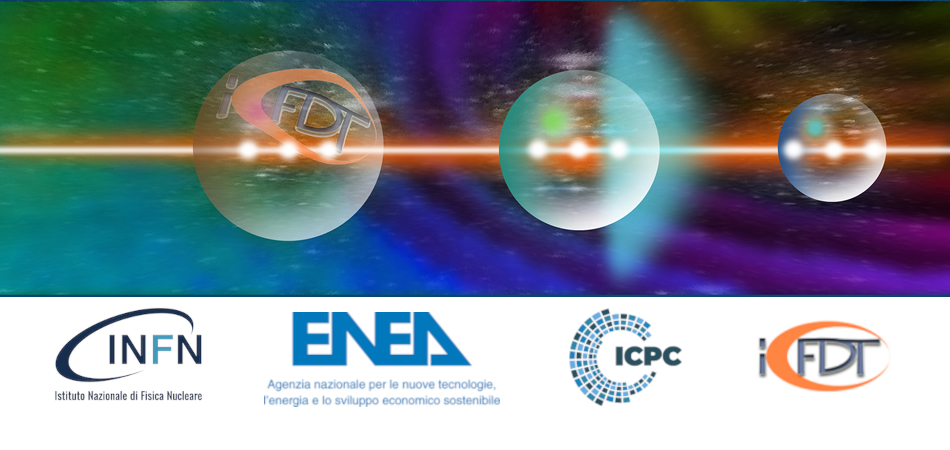Speaker
Description
Interferometric and polarimetric diagnostics are traditionally exploited in plasma experiments, and, in particular, in magnetically confined fusion experiments, to determine plasma electron density and to give valuable information on the internal magnetic fields, respectively [1]. These information enter into the evaluation of the plasma magnetic equilibrium and in particular into the real-time estimation of the q profile to allow feedback configuration control. Interferometers and polarimeters are often combined together to form a single diagnostics, i.e. an interferometer/polarimeter, to allow for simultaneous measurements of plasma electron density and magnetic fields [2].
This work presents a description of the interferometric and polarimetric systems for the Divertor Tokamak Test facility, a new tokamak experiment under construction in Frascati, Italy [3]. Three systems are expected to be implemented in the DTT experiment: a two channel infrared tangential disperion interferometer; a multi-chord far-infrared poloidal interferometer/polarimeter; and a scanning infrared dispersion interferometer for the divertor. In particular, the status of the art of the development of the three systems will be presented as well as an estimate of the expected signals for the three diagnostics.
References
[1] I. H. Hutchinson, Principle of plasma diagnostics, Cambridge University Press, 2002.
[2] S. E. Segre, A review of plasma polarimetry - theory and methods, Plasma Phys. Control. Fusion 41 R57, 1999.
[3] R. Martone, R. Albanese, F. Crisanti, P. Martin, and A. Pizzuto, DTT-Divertor Tokamak Test Facility, Interim Design Report (ENEA, 2019), https://www.dttproject.enea.it/downloads/DTT_IDR_2019_WEB.pdf.

